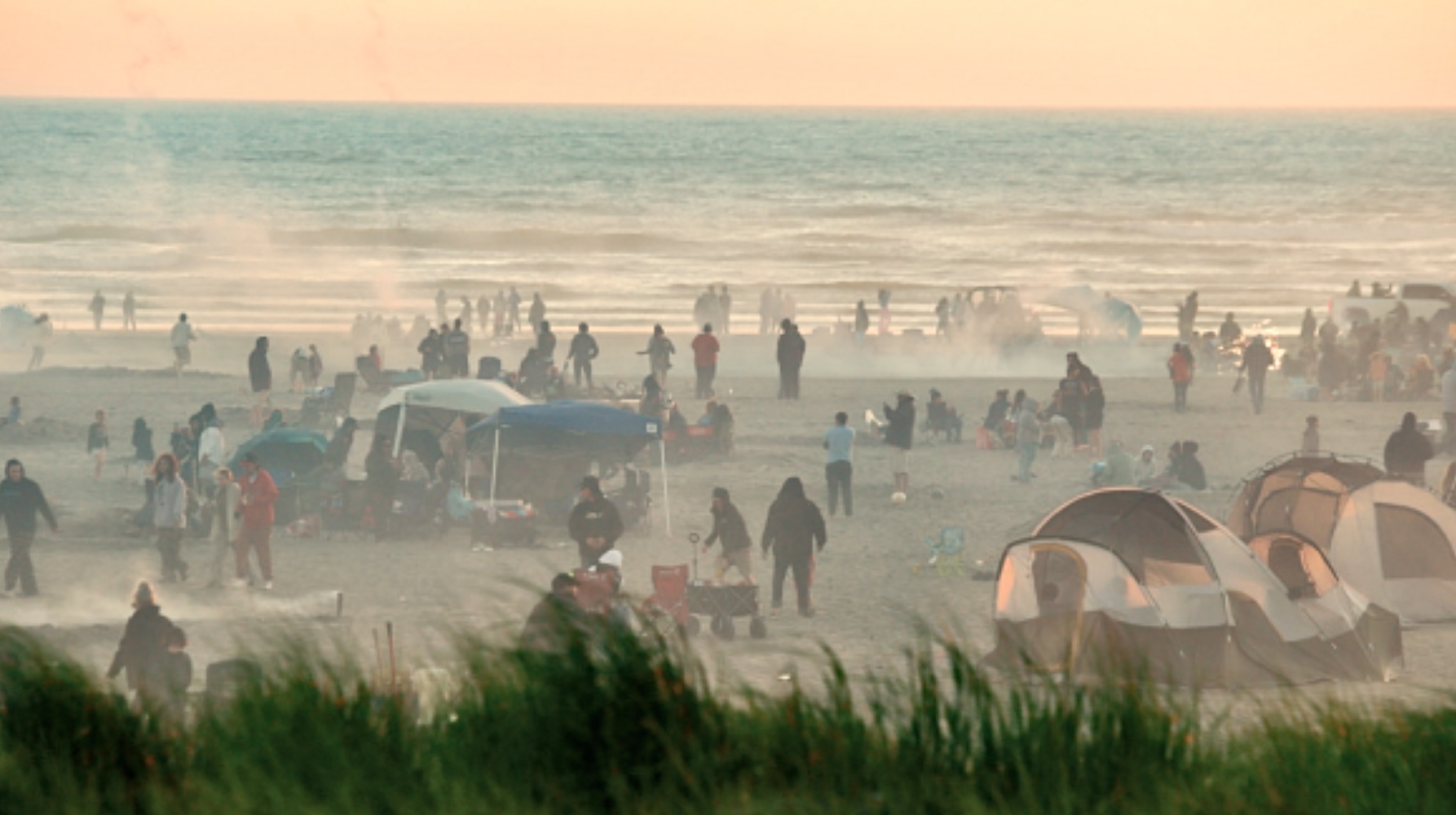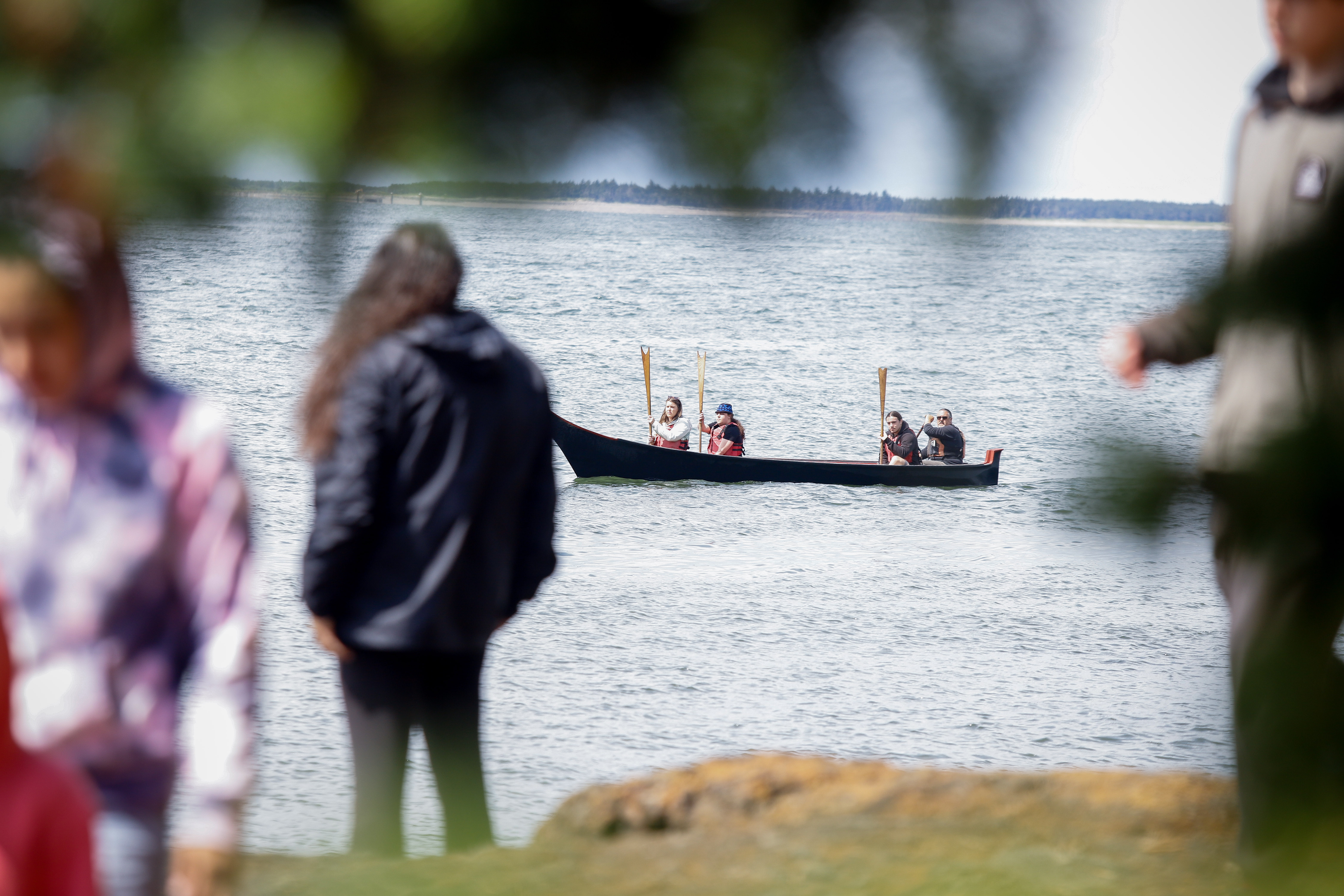NOAA Fisheries is building new fish forecasting tool
Published 4:00 pm Tuesday, December 26, 2006
COLUMBIA RIVER – Scientists from NOAA Fisheries say ocean conditions have improved since last year, which should boost coho and Chinook returns in the Columbia River over the next couple of years.
They have been monitoring conditions off the West Coast, looking at water temperatures, salinity, upwelling and larger scale effects like El Nino conditions, along with biological indicators like plankton growth that govern the food chain, predation by hake and birds, and trawl surveys of juvenile salmon. It’s part of a new push to develop a predictive tool for estimating salmon runs.
John Ferguson, director of the Science Center’s fish ecology division, said his group was excited about the new tool. The scientists think it will significantly improve their ability to forecast salmon runs.
“Early this year, we observed a lot of upwelling, which indicates in general that we’d expect higher salmon runs compared to recent years,” Ferguson said n a press release. But conditions deteriorated in mid-May and didn’t improve until after mid-June. He said that could mean poor returns for coho in 2007.
The feds say the new tool could help forecast coho returns a year in advance and Chinook two years in advance.
In 2005, NOAA Fisheries researcher Ed Casillas reported the lowest numbers of juvenile Chinook and coho they had seen since their trawl surveys began in 1998. Consequently, they expected poor coho returns this year.
But, surprisingly, the coho numbers came in better than state and tribal fish managers had expected. In a later November post-season report, they said the preseason estimate of 257,000 Columbia River coho (190,000 early, 67,000 late run) was boosted by more than 30 percent on Nov. 27 to 340,000 (220,000 early, 120,000 late).
So far, the feds are only making qualitative forecasts. A “good” forecast is relative to returns over the past 10 years.
NOAA’s Casillas said the feds’ tool is only as good as its database, which doesn’t include that many years. “Time will tell how useful it is,” he told NW Fishletter. He said the physical and biological conditions monitored by the predictive toolmakers will soon be available on a new website. For now, much of the information is available in a recent report on ocean conditions and salmon survival and a new home page has been developed to access that information and updates.






